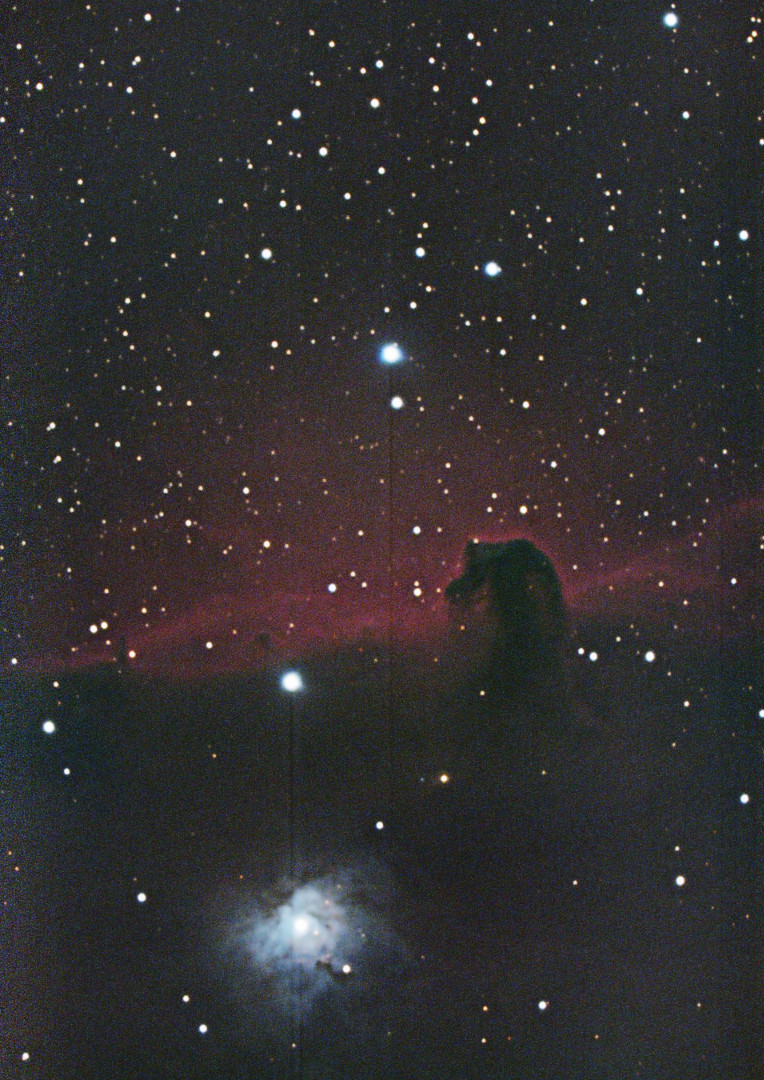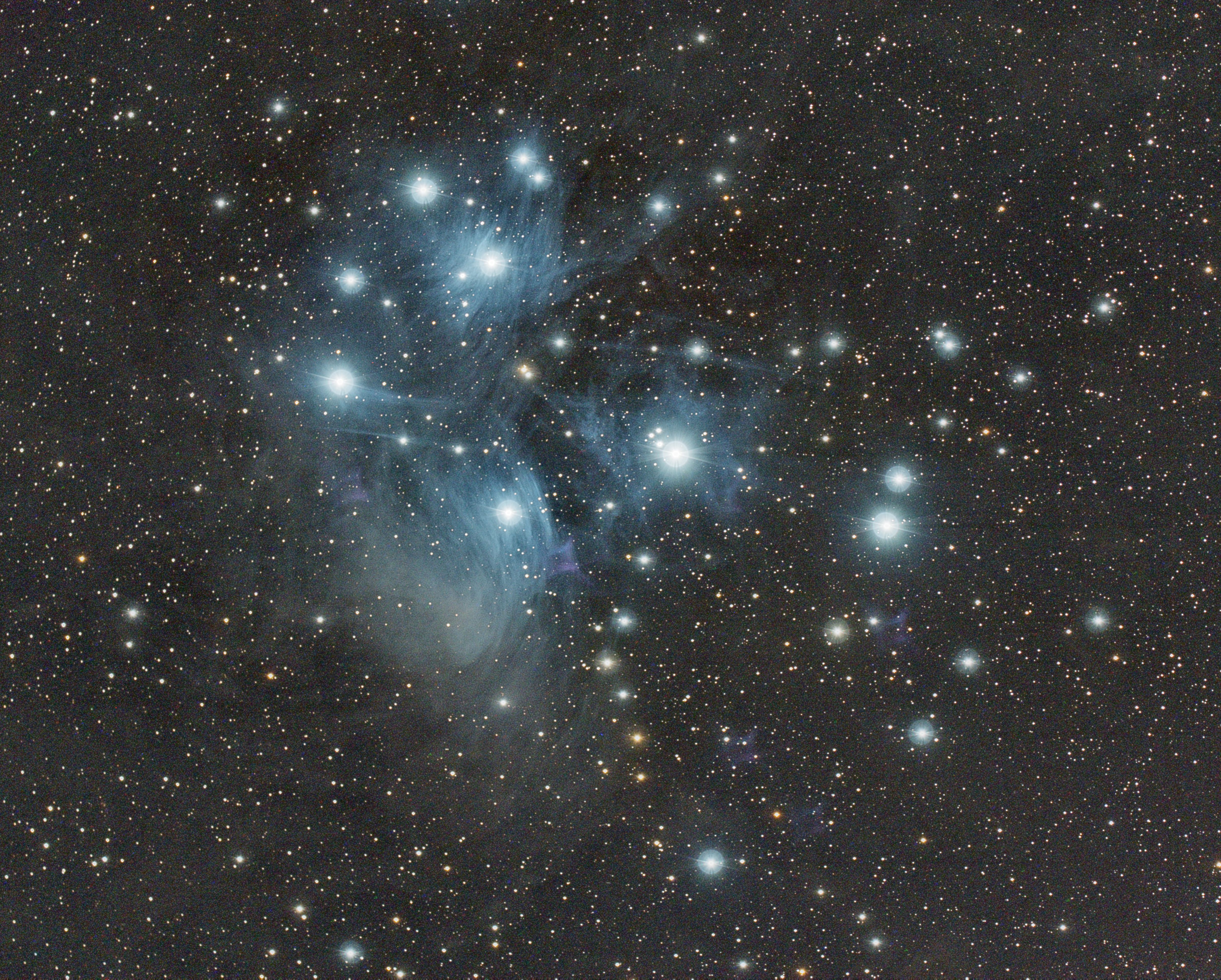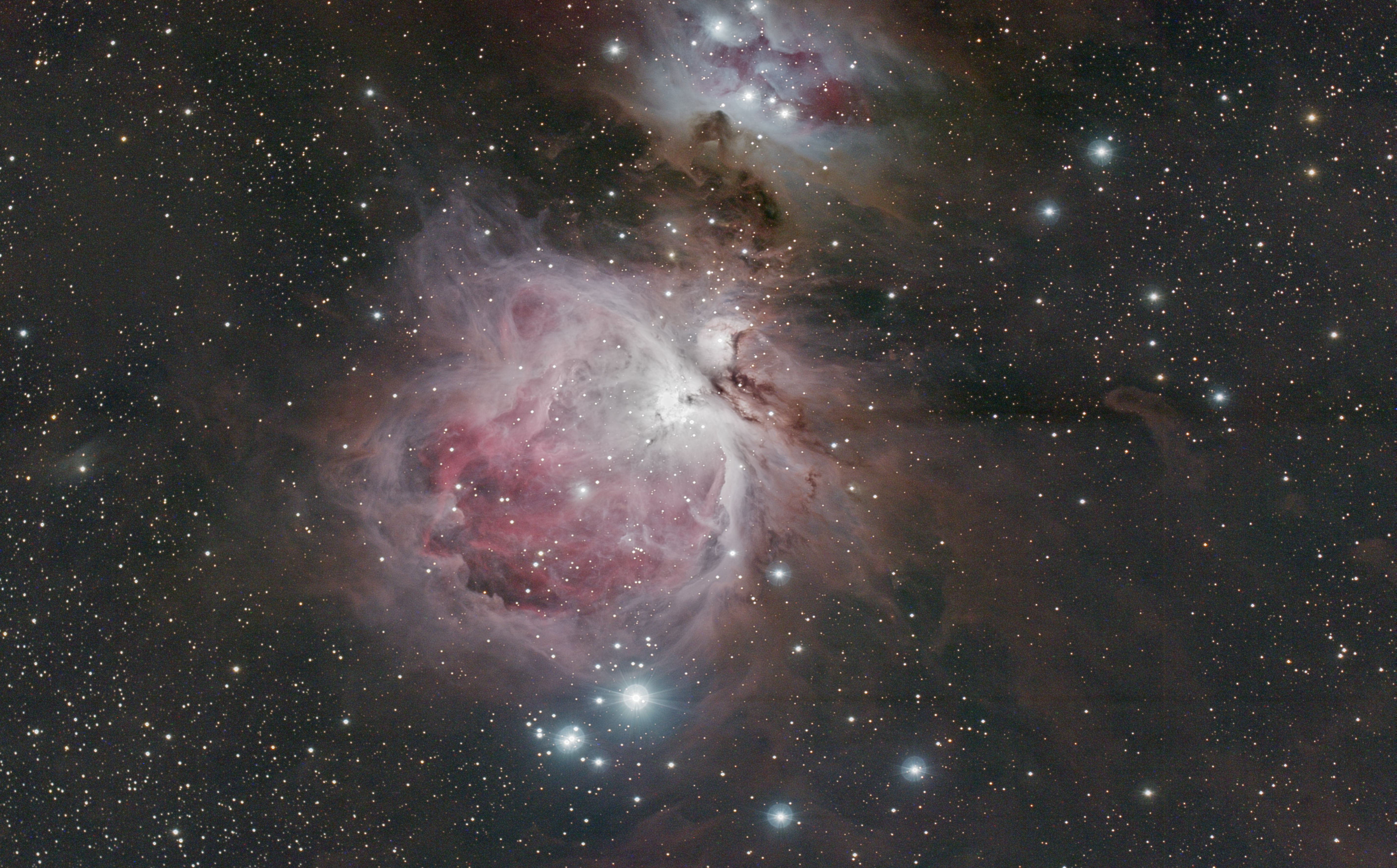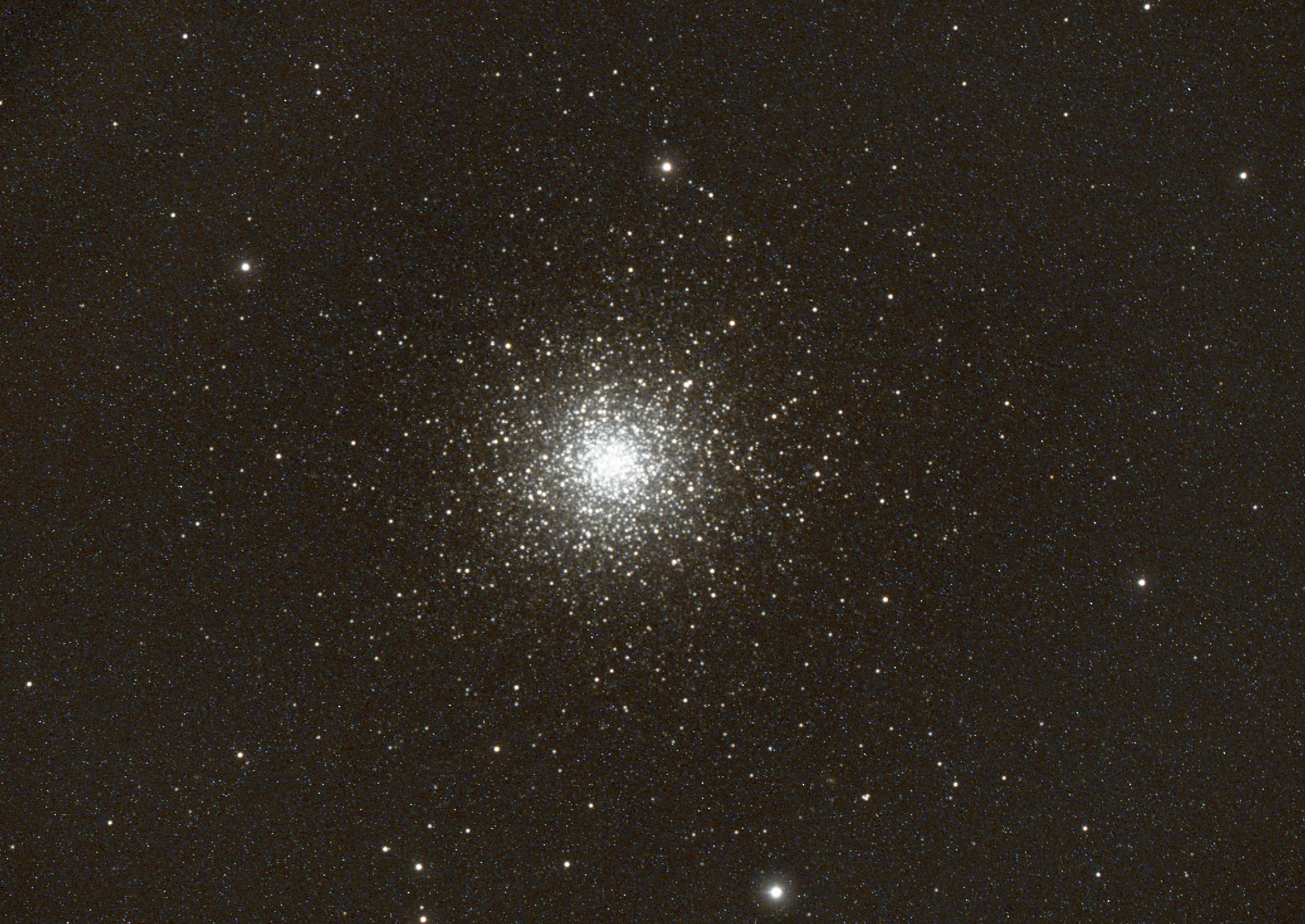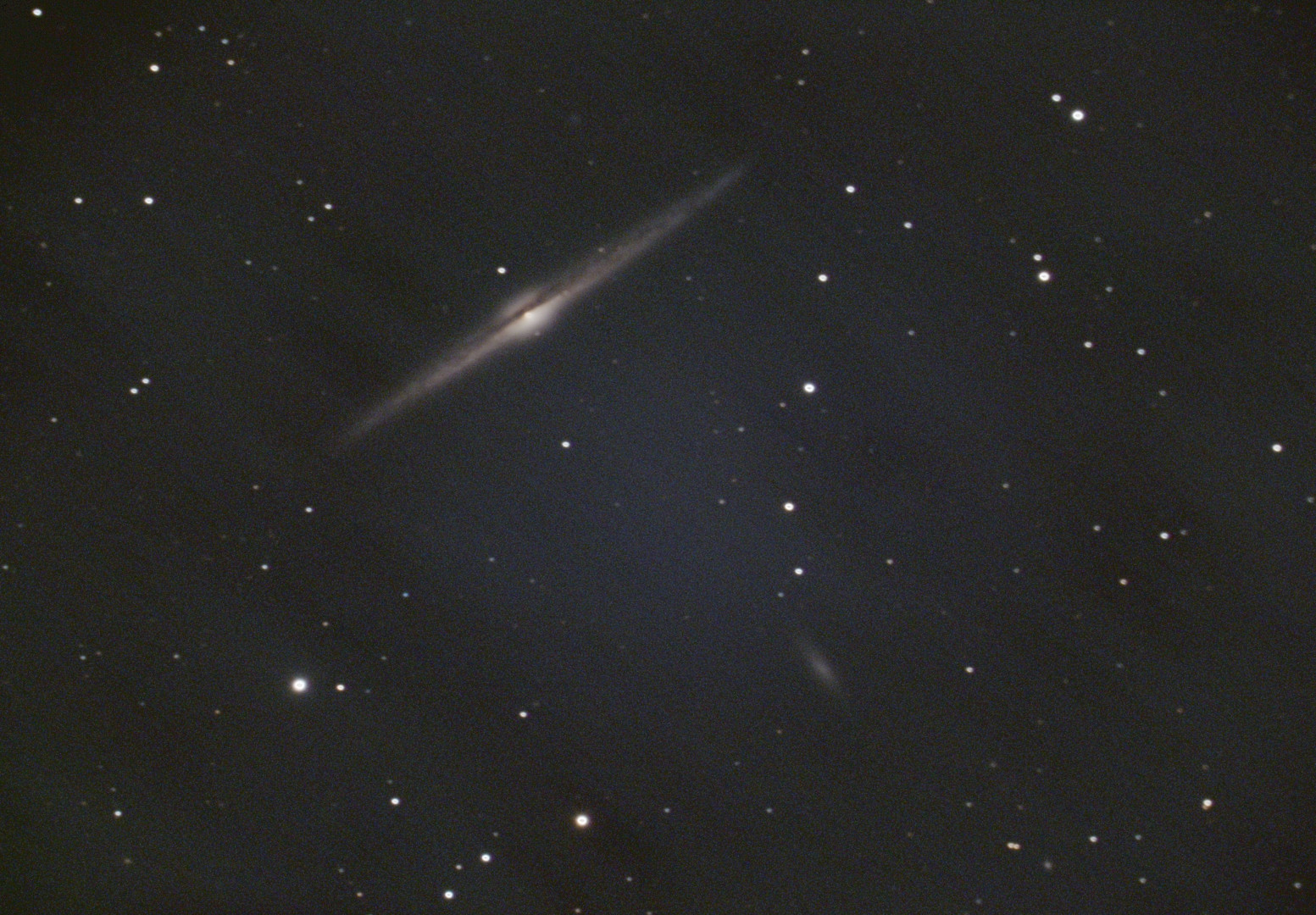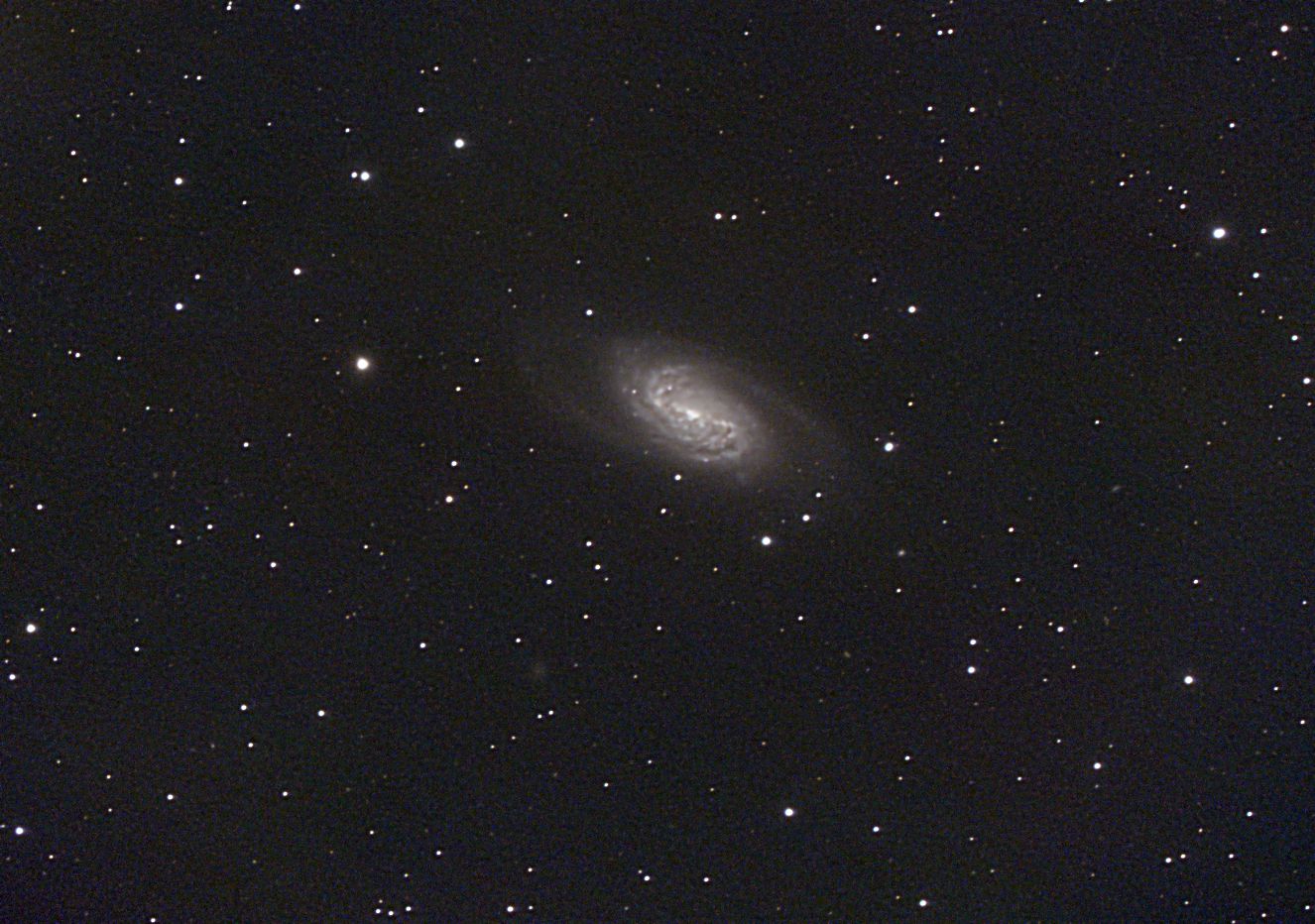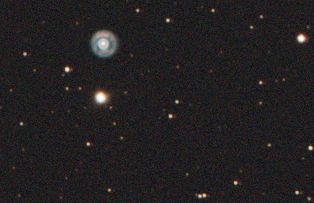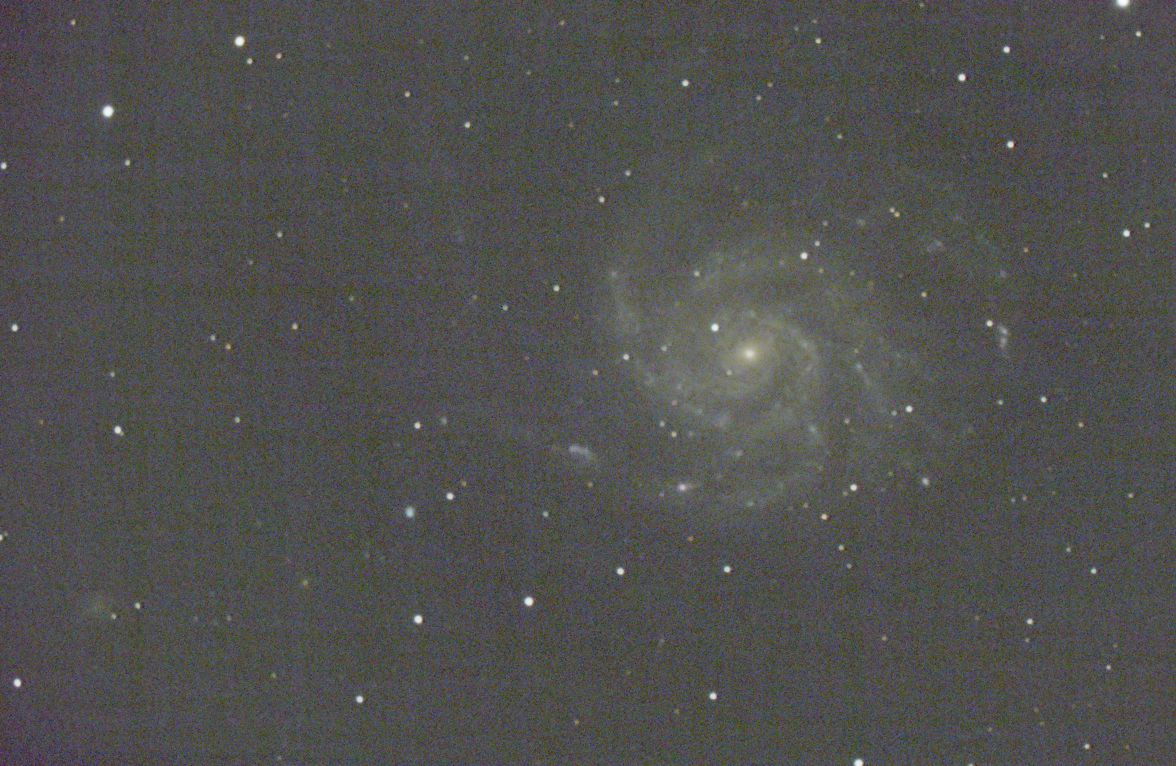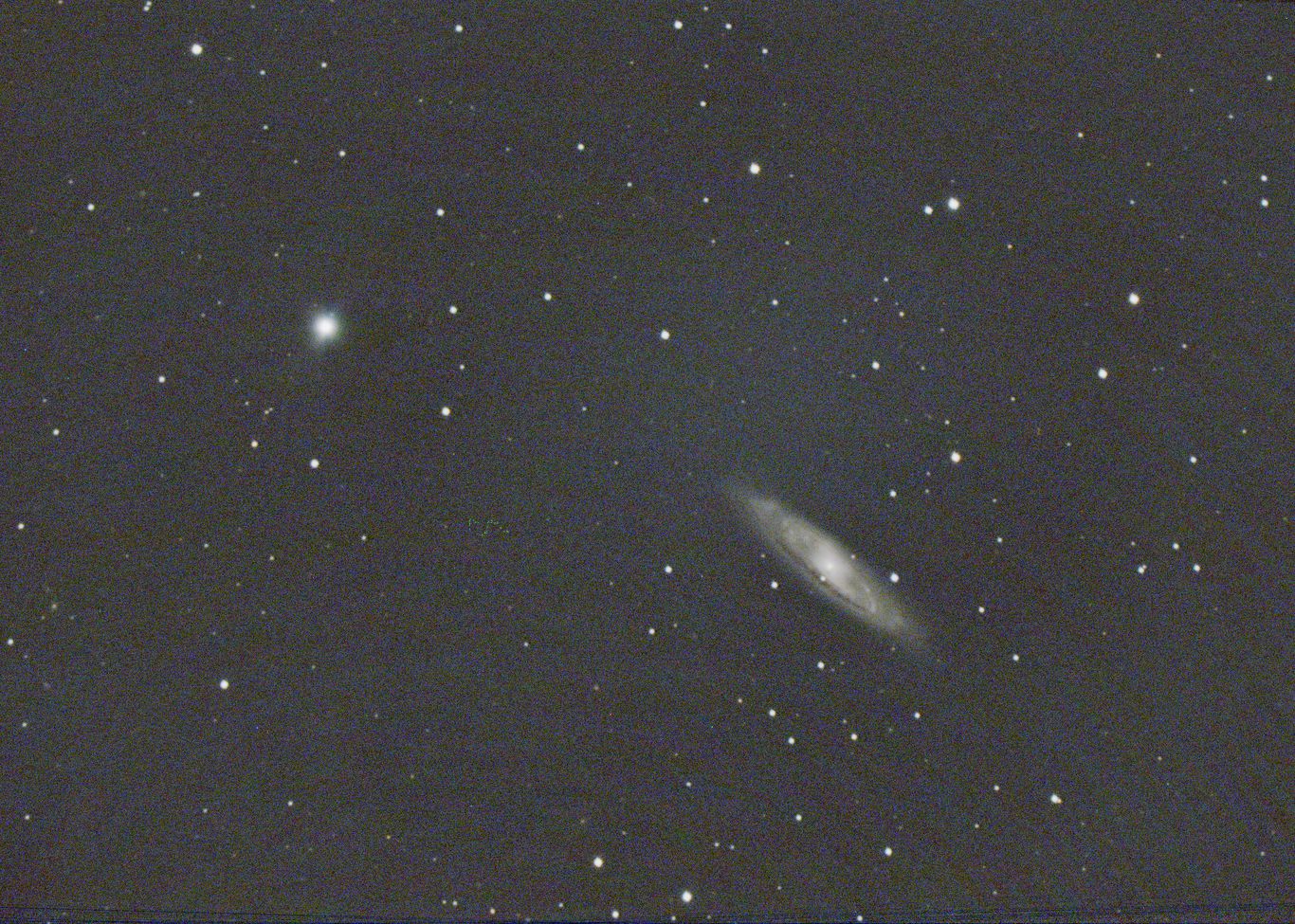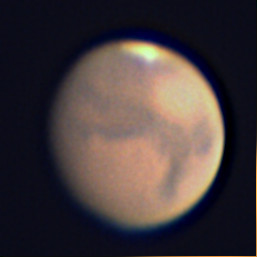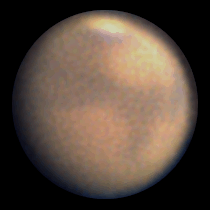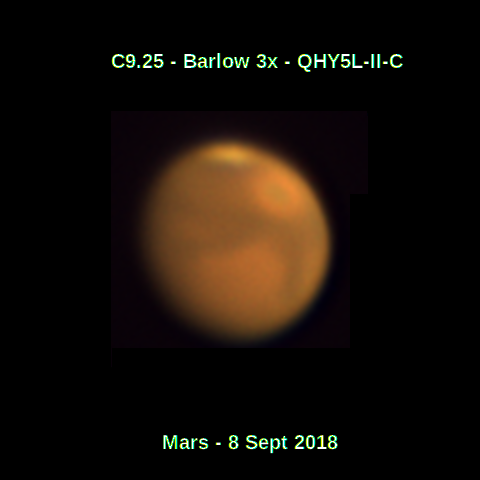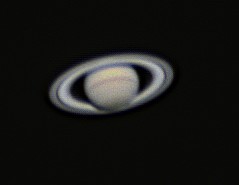
Astronomy
11 September 2018
I’m an amateur astronomer, a passion since I’m a child. I own a Celestron C9.25 CPC Deluxe EdgeHD, an Askar 151PHQ and a Seestar S50. I’m still a beginner in astrophotography, here you can find some images I took, you should be able to see the improvements as a gain experience :)
Images
2022
See this post.
NGC 7000, North America Nebula, 1st June 2019
For my 2nd attempt with the Hyperstar lens, I decided to go with a much harder target: NGC 7000 aka the North America Nebula. This time I worked around USB connection issues on my old laptop by using a new one, and capturing from a Windows VM on my Linux host :) Anyway, I could capture 467 images, 30s each. Processing the result turns out to be a challenge, and I’m pretty sure I have enough data to get a much nicer image. Anyway, here’s the initial result:
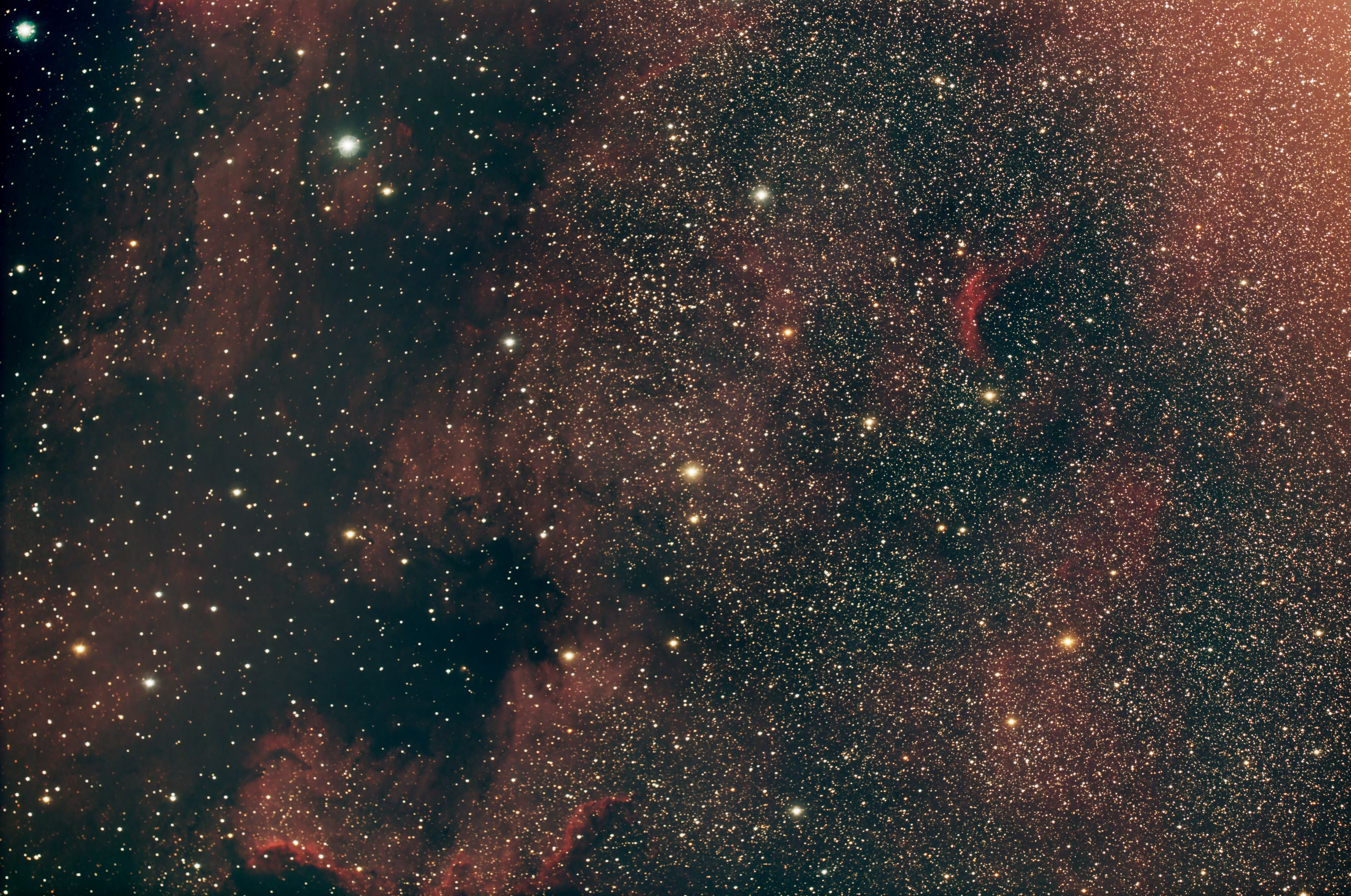
M27, Dumbbell Nebula, 31 May 2019
For my 40th birthday, I offered myself a Hyperstar lens. This allows a f/2.2 aperture on my C9, making it very suitable for deep-sky imaging, with relatively short exposures. For my first attempt, I took a shot at the Dumbbell Nebula. Due to hardware issues, I could only stack 80 images of only 15s exposure, and the result is already promising. I’m looking forward for more images with this lens!
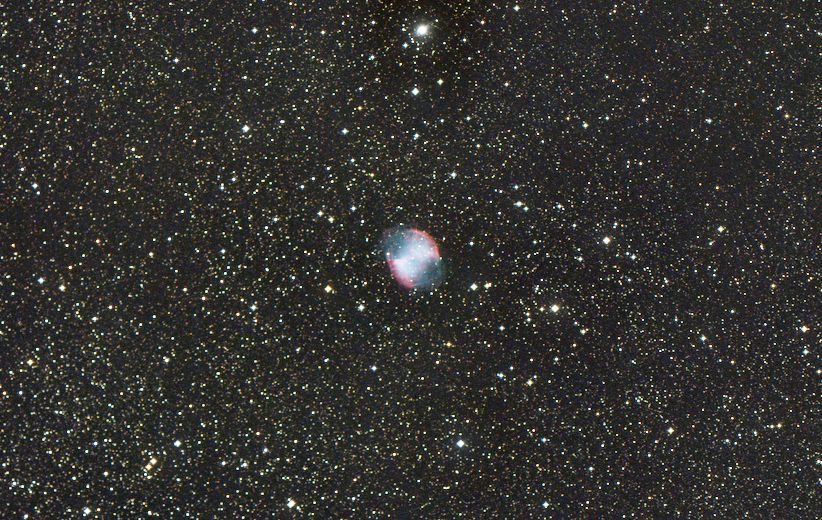
M101, 11 April 2019
This is a combination of 35 times 4 minutes exposure (total 140 minutes).
-
Celestron CPC 9.25 Deluxe EdgeHD
-
Equatorial table Celestron WedgeHD Pro
-
Focal reducer 0.7x
-
CCD: QHY8L
-
Celestron Off-Axis guider
-
Guiding CCD: QHY5L-II-C
This is also the first time I’m using flat frames (not because I’m lazy but because it’s not super simple to do). I could have gathered more images, but f* Windows decided to reboot for an update in the middle of the night, a few minutes after I had decided to go to bed to try to get some sleep during the night (it was 2am and I wanted to gather 1h more of data). Anyway, here’s the result, I think I can get a little more from raw data with experience with PixInsight:
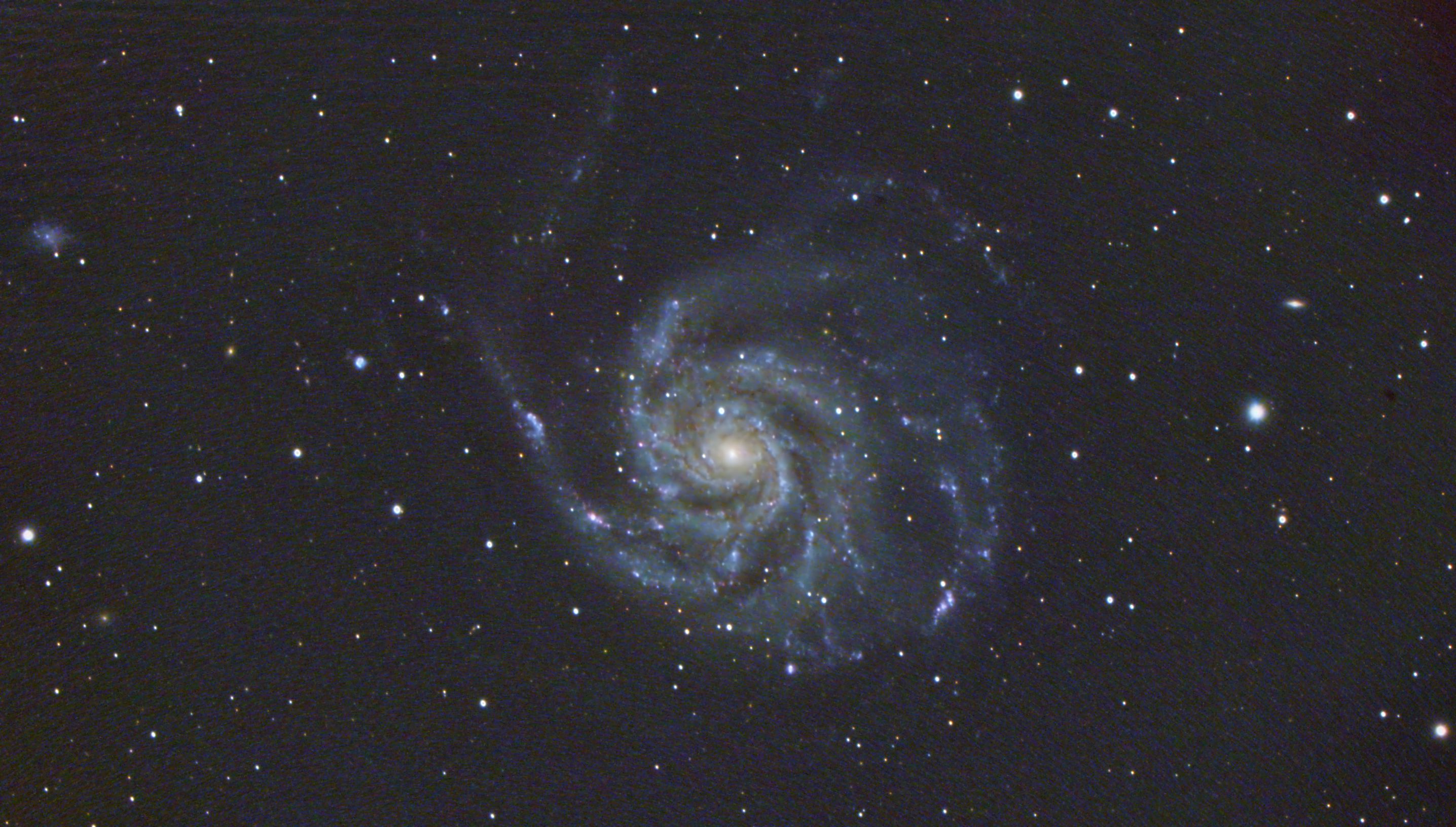
And an annotated version:
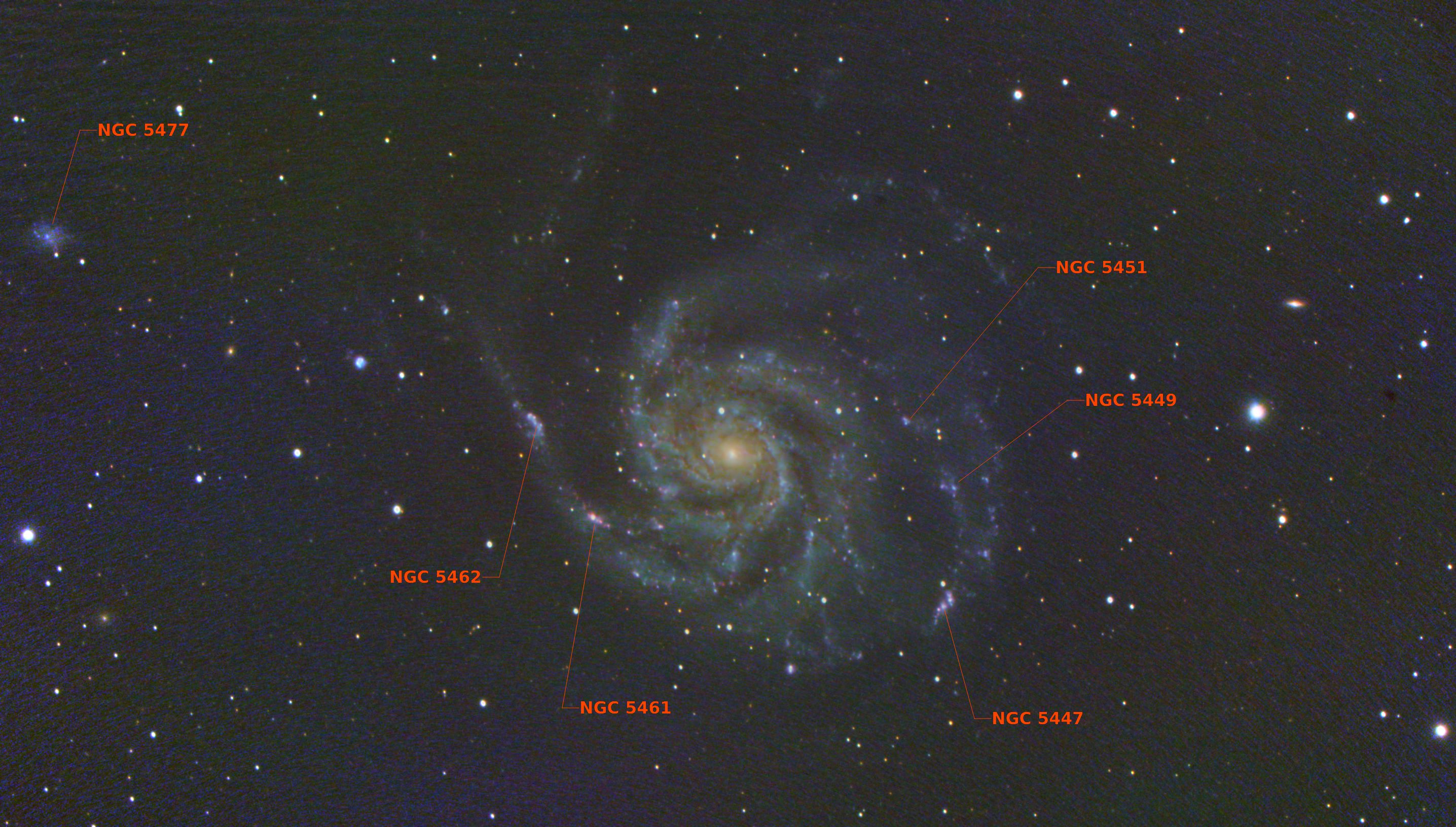
M64, the Black-Eye galaxy, 10 April 2019
This one gave me troubles for processing. I should have used flats, but unfortunately I wasn’t able to. It’s a combination of 23 images of 4 minutes pause, using autoguiding.
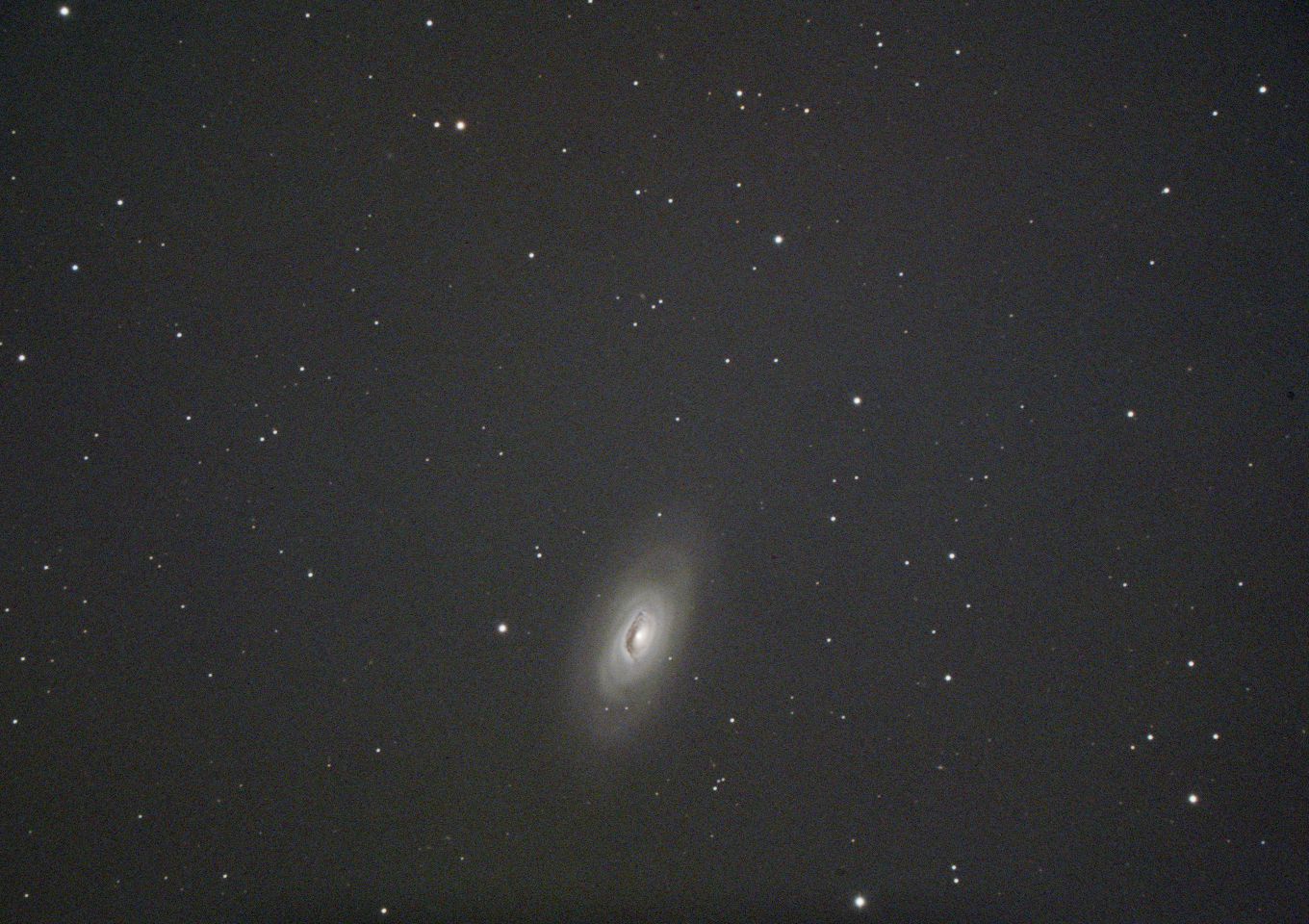
A slice of Rosetta, 24 February 2019
Given my setup, I can’t have the full nebula in a single field, so this is just a slice :)
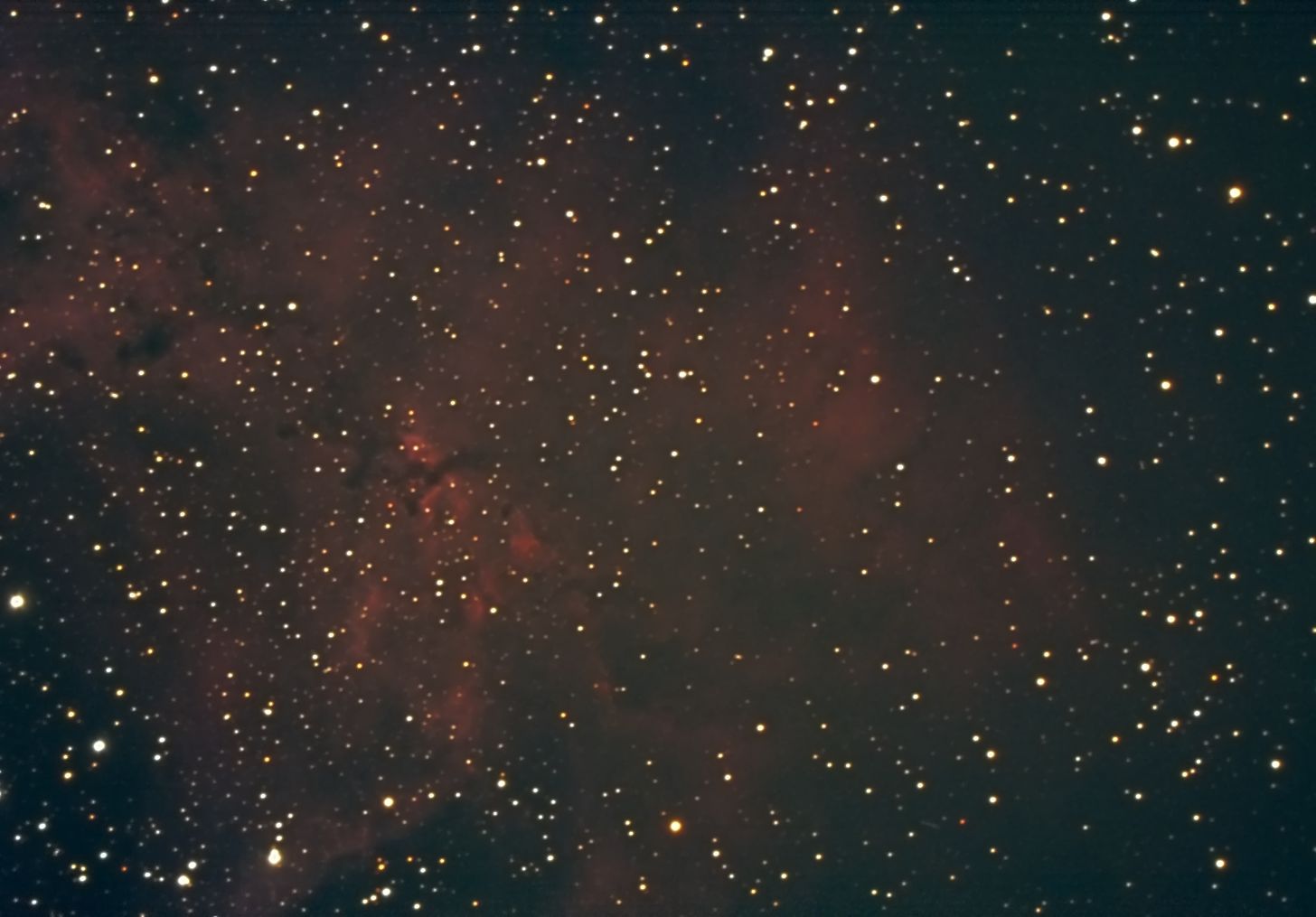
The Horsehead Nebula, 22 February 2019
I’m still a beginner, this picture shows some artifacts, but I’m pretty happy with it!
